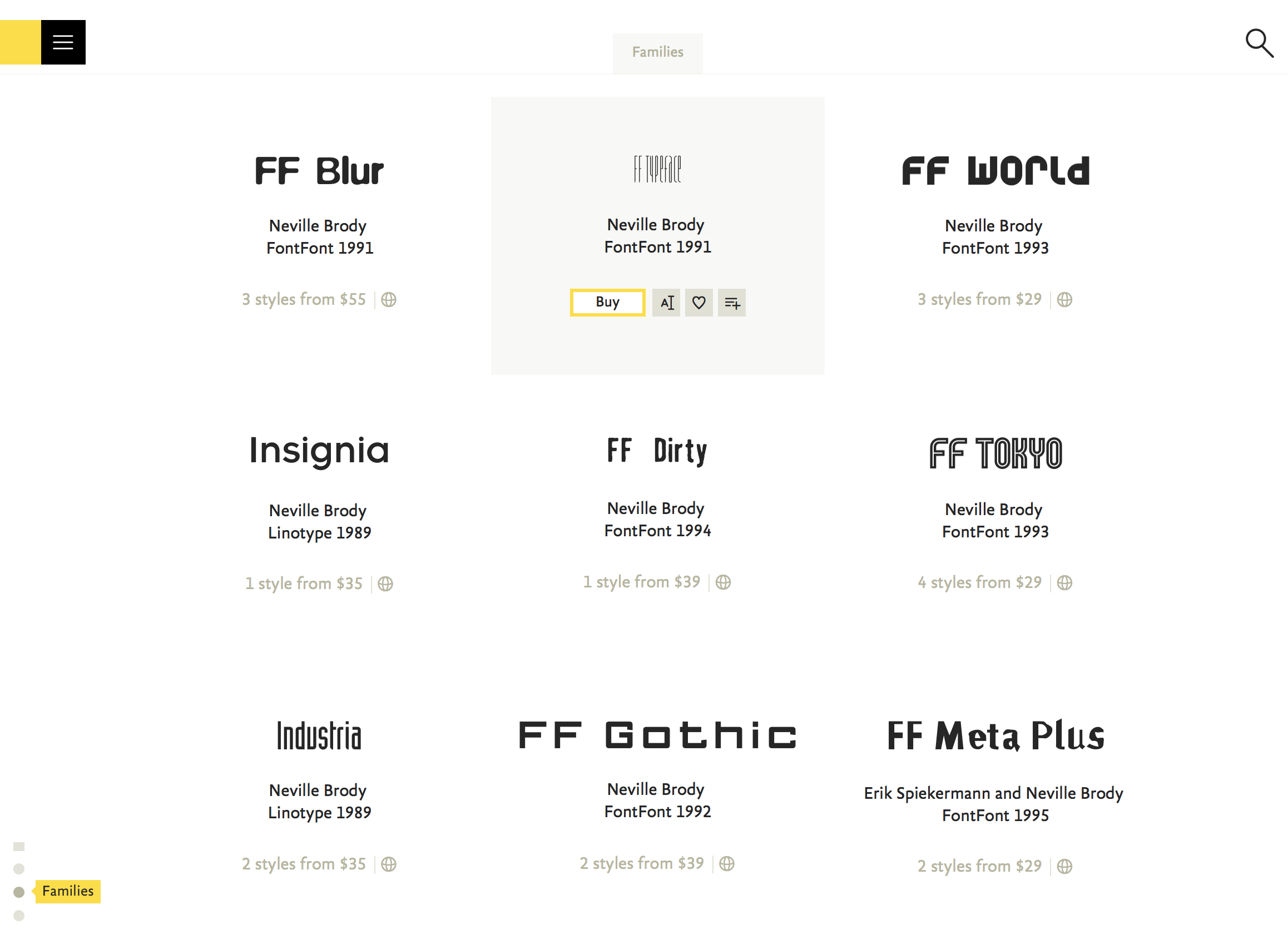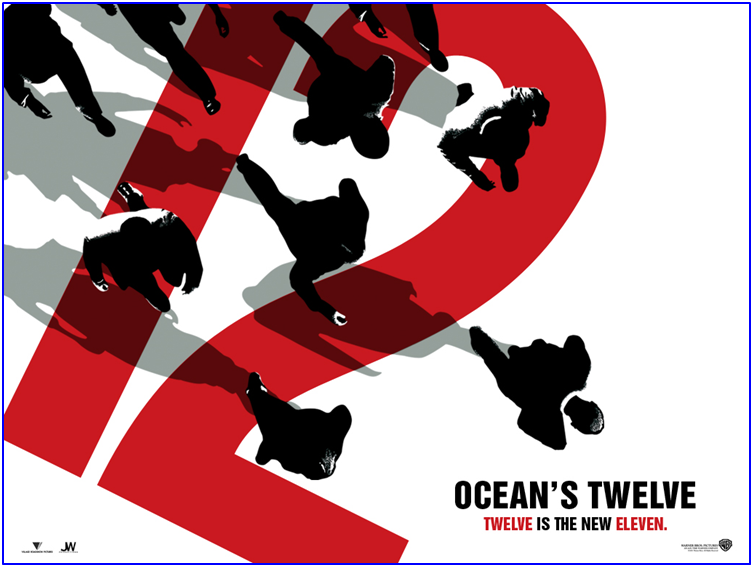
“Design is not art. Design is utilitarian. Art is useful, but not utilitarian.”
This is a famous quote from Massimo Vignelli. And I agree with it to a large extent. In this case, what is utilitarian. I believe utilitarian design puts the practicality over the aesthetics. Function over form. Which I agree. The design is a tool of communication. The Designer acts as a bridge to convey the clients’ message to the public. The design may be beautiful. However, if it fails to convey the intended message, the design has failed. This attitude can be seen very clearly in Massimo Vignelli body of work, His beautiful use of leading, margins, the creation of rhythm within the order, results in a clean and simple finish. His work prioritises the legibility, readability and the timelessness of the piece. This allows the viewer to absorb the message of the poster clear in seconds.

However that being said, I still wish he did explode out of his comfort zone. The fact that Helvetica is his favourite font make me want to chuck a font directory at him. While he emphasizes the simplicity and the order of the text, it makes it rather boring. His body of work all have similar vibes of black and red letters with perfectly align leading. I disagree with the fact that design is purely utilitarian. Many times chaos does a perfectly good job at communicating the ideas.

Take a look at this music poster. This was done for a music festival. The distortion of the text embodies the quality of the music. It is almost as if you can feel yourself sway to the music to the text. This fluidity, conveys the funkiness, the excitement of the festival. I am very certain that if an orderly text placement was used, it would look rather stiff as if the music had no soul.
All in all, I really love his simple and timeless layout. I agree wholeheartedly with his motto, function over form. After all the client paid you to get their voice heard. If the clients’ message is not relayed to the public, how have you done your part as a designer? That being said, I do not believe that designers all have to follow strictly to the rules. Yes, rules are important, but hey they are meant to be broken. Intentionally of course. Designers still should have their own creative flair and not just layout everything perfectly into the grid systems. Have fun explore, but the legibility still should be at the forefront.














